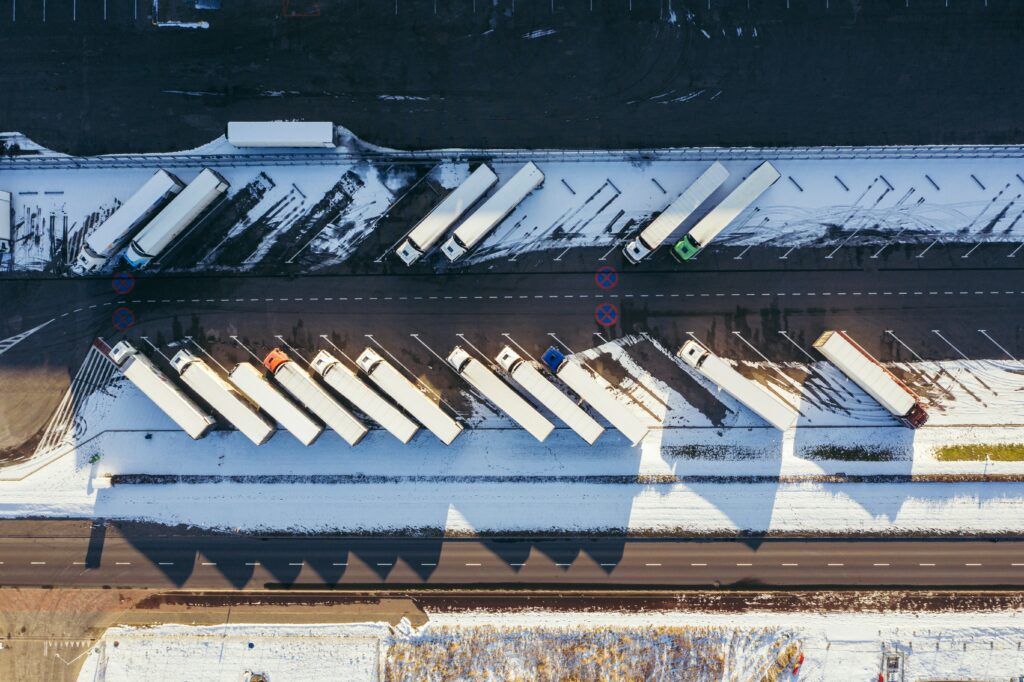Eliminating mountains of paper may seem old school, but it’s heralding a monumental technological shift in physical operations.
Most industries in the world understand the need to invest in digital transformation. After all, rolling out new IT systems to improve productivity and drive efficiency in the quest for greater profitability has been on the agenda since mankind realized machines could work for them.
But the journey to digital enlightenment is not always smooth-sailing. Strangled budgets, the lack of skilled IT pros to see the job through and the technological drag caused by legacy systems are all barriers to the timely take-up of digital systems.
Plus, for the organizations in the world of physical operations – the businesses that employ fleets of vehicles to transport goods and construct the world we live in today – there is another obstacle to digital transformation. Paper.
Despite all the digital advances made in just about every other business vertical, firms that operate in physical operations have doggedly clung on to manual processes.
However, all that’s changing. And fast.
Physical operations embarking on a “massive transformation”
Last year, Samsara’s State of Connected Operations Report revealed a “tipping point” in the digital transformation of physical operations. This year’s report reveals the industry is “at the beginning of a massive transformation” as business leaders across the globe are reimagining their physical operations.
In other words, the sector is finally embracing – at scale – the types of ERP solutions most take for granted.
There are plenty of reasons why it’s happening now. For me, the standout reason is this: cost-effective vehicle telematics systems can now be connected in real-time across thousands of vehicles and locations with all the data funneled to a single cloud-based platform.
In a recent interview with global management consultants McKinsey, Samsara CEO and co-founder, Sanjit Biswas explained: “Traditionally, if you wanted to get operations data into the cloud, you’d have to start with a bunch of puzzle pieces – sensors, databases, internet connectivity – and cobble it all together.
“For most operations customers, this was outside of scope in terms of time or budget. The biggest differentiator is the plug-and-play nature of our platform. We’ve made it easy for customers to start seeing all the data, get business value from it, and take action.”
For many businesses, this has been the catalyst for transformation. And while some industries, such as finance and marketing, have undergone multiple rounds of digital transformation, others like physical operations are only at the beginning of their journey.
The shift is saving paper, admin, hours and expense
In the US, for example, American Cementing’s decision to invest in technology allowed it to remove the need for around 13,000 pieces of paper a year – and save an estimated $60,000 a year in other costs.
A key supplier to the oil and gas industry, everything from inspection reports to fuel receipts is now digital, saving time and resources both on-site and in the back office. A similar revamp of their internal payroll software has eliminated the need to manually cross-reference hours of service data.
Another US business, UFP Industries – which specializes in lumber products – managed to save more than $600,000 a year in administrative overheads thanks to the introduction of digital documentation.
While Fraley & Schilling – a premier lightweight fleet operator hauling metal products, building materials and machinery in the eastern US – saved $187,000 and 6,700 hours a year in back-office administration and reduced paperwork when it went paperless.
All three examples underline the transformational shift firms are making. But eliminating paper isn’t the only approach. Some firms are embracing real-time vehicle telematics to improve fuel efficiency alongside GPS route planning to drive efficiencies across their organizations.
Others are dipping their toe in the water by installing AI-augmented safety systems that are similar to vehicle dashcams. These newer cams don’t just record what’s happening on the road, but can also warn the driver for tailgating, harsh braking and even predict potential accidents before they happen.
Regardless of the approach taken, they all have one thing in common. All the data is channeled via the cloud to provide business leaders with a system of record – a single place where all the data is collated to create an overview of operational performance.
Not only does it give firms greater visibility over their locations, it also allows managers to see exactly where their vehicles are at any time – day or night.
As Biswas told McKinsey: “You can see when people have gone on and off a shift. You can understand the risk and safety profile of your different operations. You can also see everything that happened over the course of a day and connect it to various other systems like payroll, insurance, and ERP systems. Customers have saved thousands, even millions, of dollars in one year based on the insights they’ve uncovered.”
As a sector, physical operations may have been in the digital slow lane, but now there’s little doubt it’s picking up speed. Manual processes are being replaced with automated systems that bring them up to date in terms of Internet of Things (IoT) data and the insights this data provides.
Other sectors may have bragging rights over their well-worn path to digital transformation. For physical operations, however, understanding the role of data in providing real competitive advantage has only really just begun.






